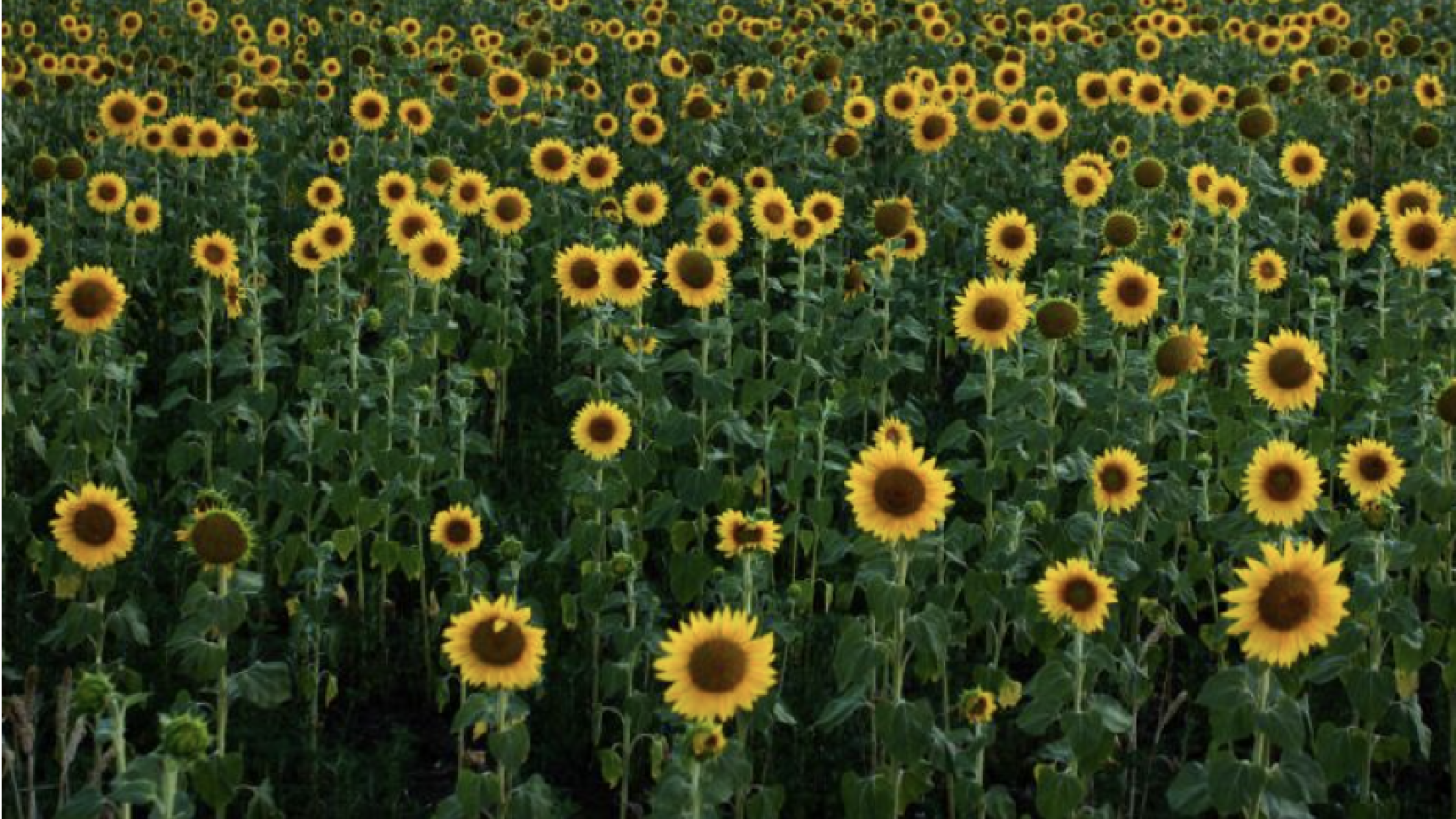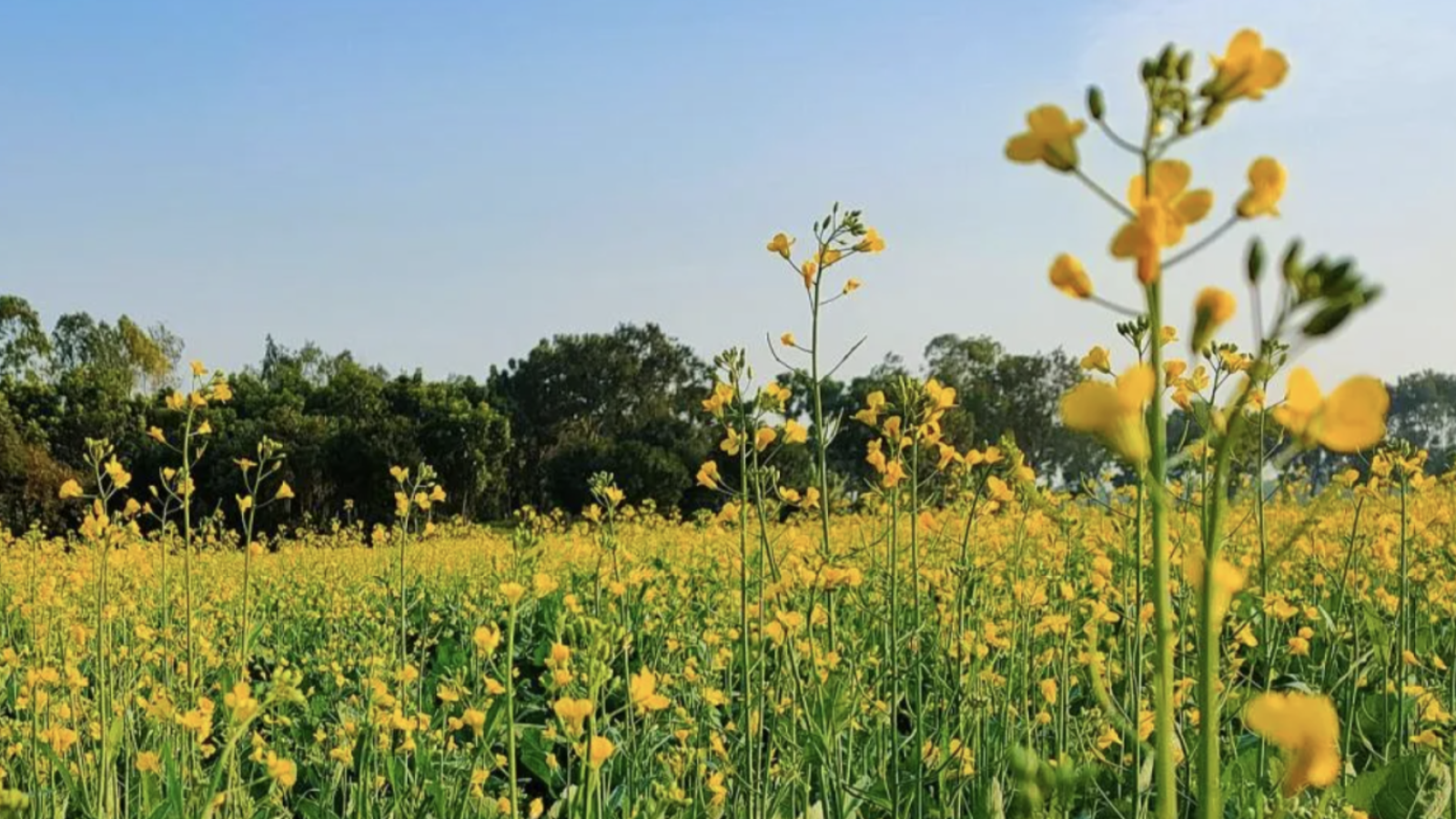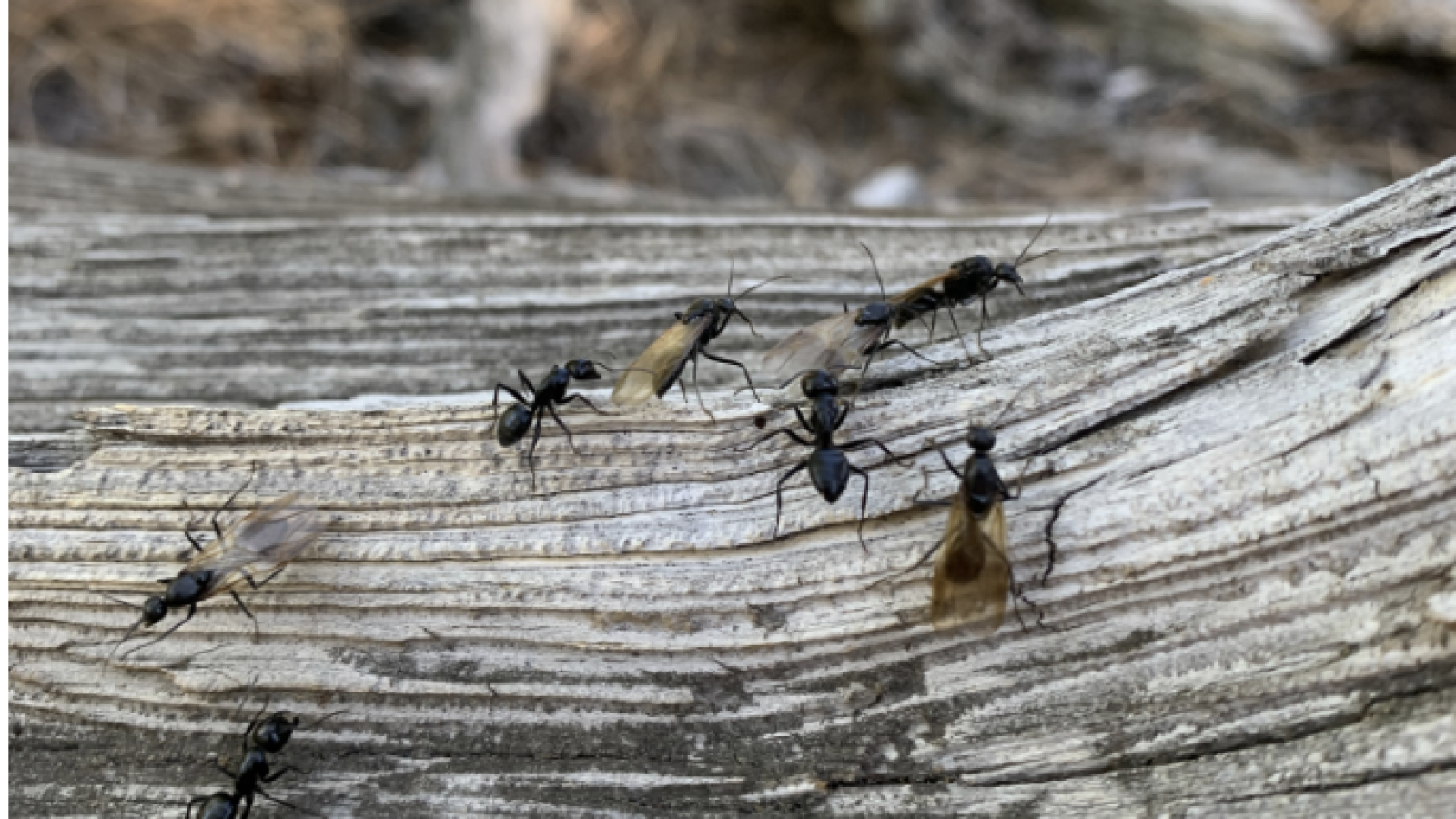
I grew up near Cleveland, Ohio, a short drive from Cuyahoga Valley National Park and Lake Erie. This location allowed me to spend my childhood exploring the many forests, streams, ponds, and lakeshores of northeast Ohio. Over time, I developed a curiosity for the way the natural world works. However, my greatest fascination sat hundreds of miles away: the ocean. The ocean’s vastness and mysterious biology enthralled me. Whether it be staring into aquarium exhibits for far too long, diving for seashells and other seafloor treasures, or waking up early to explore tidepools at low tide, I jumped at every opportunity to satiate my curiosities about marine life. Despite eventually moving even further from the coast for college to the land-locked state of Colorado, my love for marine life never wavered. This love led me to CU Boulder’s marine invertebrate laboratory led by Dr. Jingchun Li.
In the Li lab, I began to learn about the intricacies of the photosymbiotic relationship that powers coral reef productivity. I found it fascinating that a relationship between two tiny organisms can facilitate the functioning of one of the most important ecosystems to global marine and human health. Eventually, I began my own research digging into the genetics of a photosymbiotic relationship found in marine bivalves from the family Fraginae. This digging has now unfolded into a full-blown obsession and has ultimately become my honors thesis.
The goal of my thesis is to use transcriptomic analysis to determine the metabolic exchanges underpinning the relationship between dinoflagellate algae of the genus Cladocopium and two species of Fraginae distributed at distinct depths and light conditions. This research will be the first of its kind on the Fraginae system. I hope for this novel research to broaden our understanding of the way photosymbiotic relationships can operate in reef systems and provide a jumping off point for further research into the effects anthropogenic stress may have on non-coral photosymbiotic relationships.







